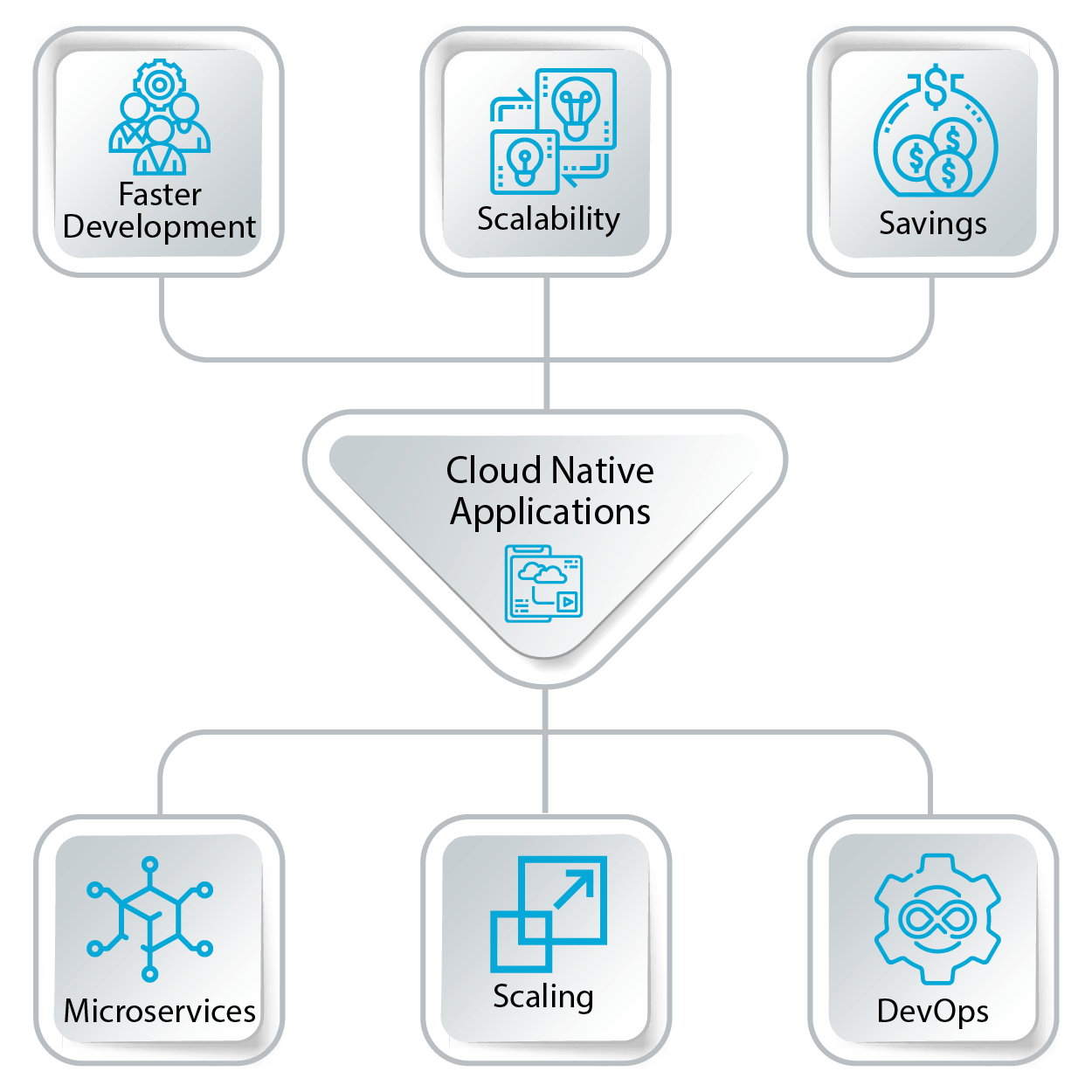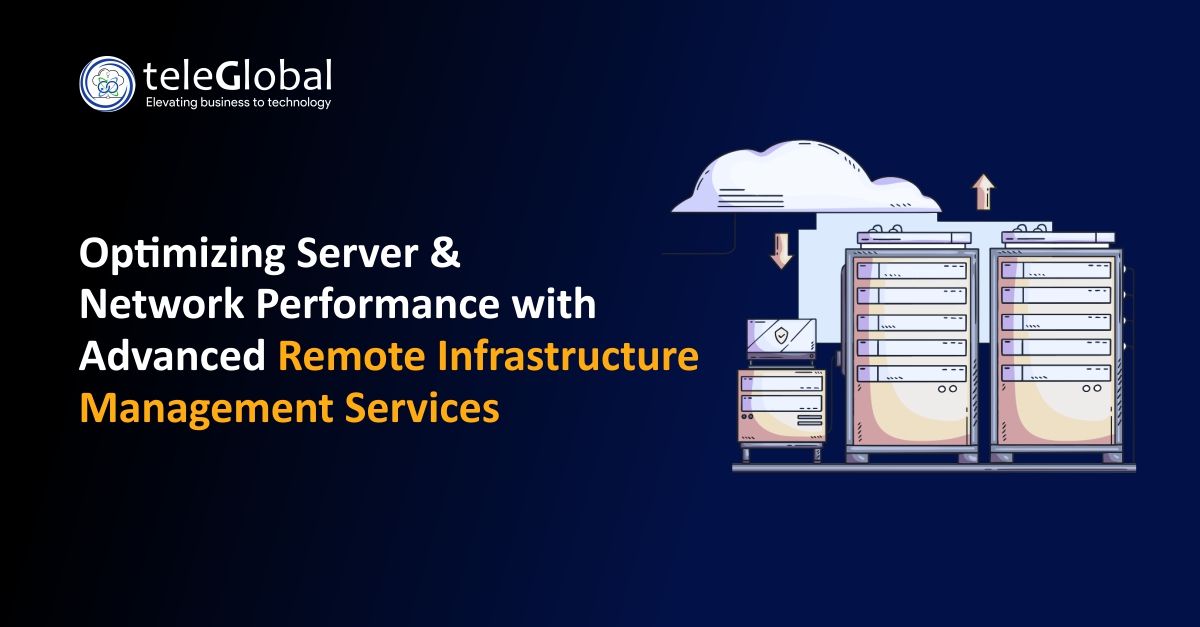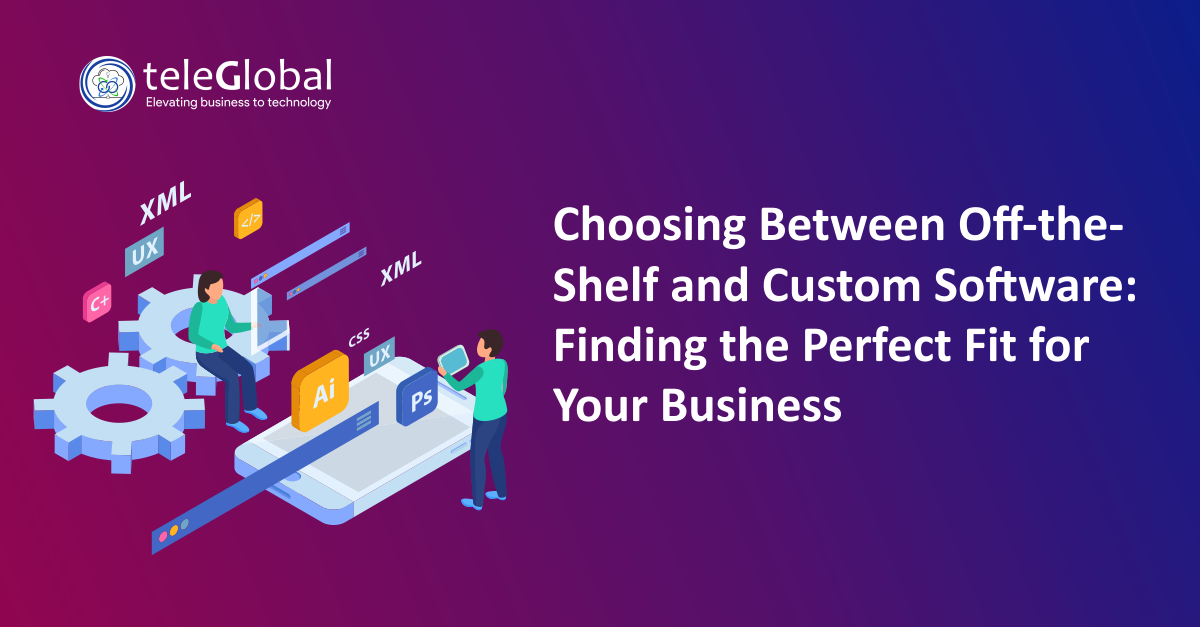
Almost every business today, from startups to global MNCs has, to some extent or the other begun its digital transformation process. Many have shifted their applications from their own premises to the cloud. However, all-too-often this shift is done en masse, i.e. without any restructuring to the new environment.
With work-from-home becoming increasingly ubiquitous, businesses are now struggling to scale applications—especially those needed by employees and customers—to match demand. The best way to realize the full value of the cloud is by going native right from the outset. This means developing applications in the cloud from the get-go.
Advantages
Faster Development and Turnarounds
Going cloud-native puts automated elements at your disposal, giving you the ability to innovate, update, and launch at speed. It also enables seamless data gathering which, with advanced analytics, will enable you to make more insightful decisions.
Scalability
As your business grows, perhaps to new markets or new products and categories, the business will be required to provide support to growing numbers of users—using a variety of devices. With cloud-native applications, you will have the flexibility to scale up as your business grows and evolves.
Savings
Applications running on-premises bring the high upfront cost of building and maintaining a traditional IT infrastructure. This needs to be constantly updated and upgraded in terms of hardware and software updates if the business is to be secure and efficient. The cost connected to all of this is enormous and continuous. By choosing to build cloud applications, the business exchanges the Capital-heavy model of the more sustainable Opex one. Not only will you be paying only for what you use, but scalability also is never an issue nor, security. The savings that accrue lower your Total Cost of Ownership (TCO) and boost your ROI.
Elements of the cloud-native strategy
Freedom to innovate: microservices
Microservices basically refers to a collection of small services used to develop an application, where each service has its own capabilities. Microservices thus give you the independence to make innovate and make changes without undermining business continuity or disrupting the user experience.
Scaling seamlessly: containers
For real scalability applications need containers. Unlike microservices, which are standalone components, containers are essentially a group of components packaged together to run on the cloud and distributed as needed by the business, without worry about infrastructural requirements.
Faster, better, together: DevOps
DevOps—combines the best of Development and Operations bringing an agile approach to building applications. This approach encourages collaboration between teams and enables quick build-test-release cycles, putting you on the fast-track to continuous innovation.
Building your cloud strategy on the foundations of microservices, containers, and DevOps ensures your business enjoys maximum agility at minimum cost or risk.
Before you jump in
By their very nature, cloud environments can be complex and expensive. Building one tailored to your business needs demands a proper roadmap backed by a management strategy that gets not just your technology but also your people and process ready for change. Smart hiring and training are good starting points, but you also need the support of technical experts to help you ensure that your cloud environment is aligned to your business objectives and that it is optimized for cost and productivity.
Teleglobal can help. As independent partners to leading Cloud Service Providers, such as AWS, Azure, and GCP, among others, we have the understanding and experience to help you get the best of cloud, today and tomorrow.







































